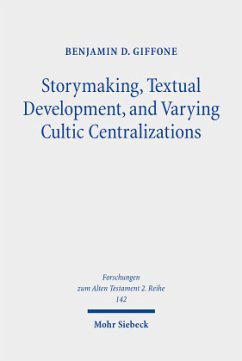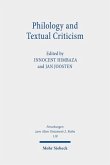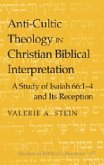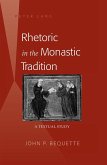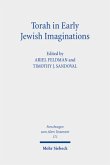In this volume, Benjamin D. Giffone shows that the coexistence of at least three cultic centralization models within the Pentateuch, including Northern, Benjaminite, and Southern traditions, helps to calibrate the level of theological consistency that may reasonably be expected of biblical texts. The scholarly tendency to view biblical narratives as late, tendentious fictions is not sufficient to explain the texts' final forms. The author explains how the use of earlier narrative and legal material within Chronicles and other Second Temple texts illumines instances of unevenness that later interpreters smoothed to a degree but retained in the text. Community memory existing outside the written texts provided limits on the changes that could be introduced by scribes but was sufficiently malleable to allow for changes. Narrativity as a key feature of the texts allowed certain memories to be retained, framed by various techniques to suit the storymakers' aims.
Bitte wählen Sie Ihr Anliegen aus.
Rechnungen
Retourenschein anfordern
Bestellstatus
Storno

